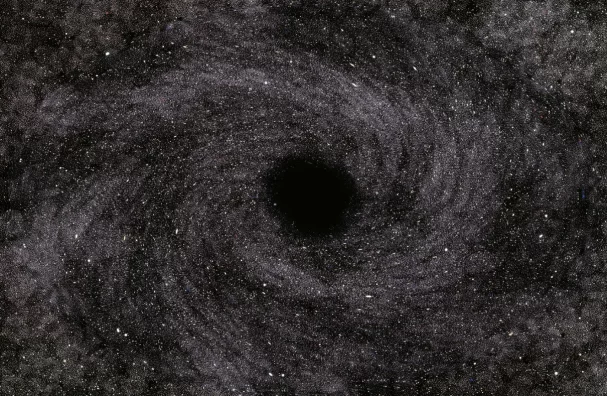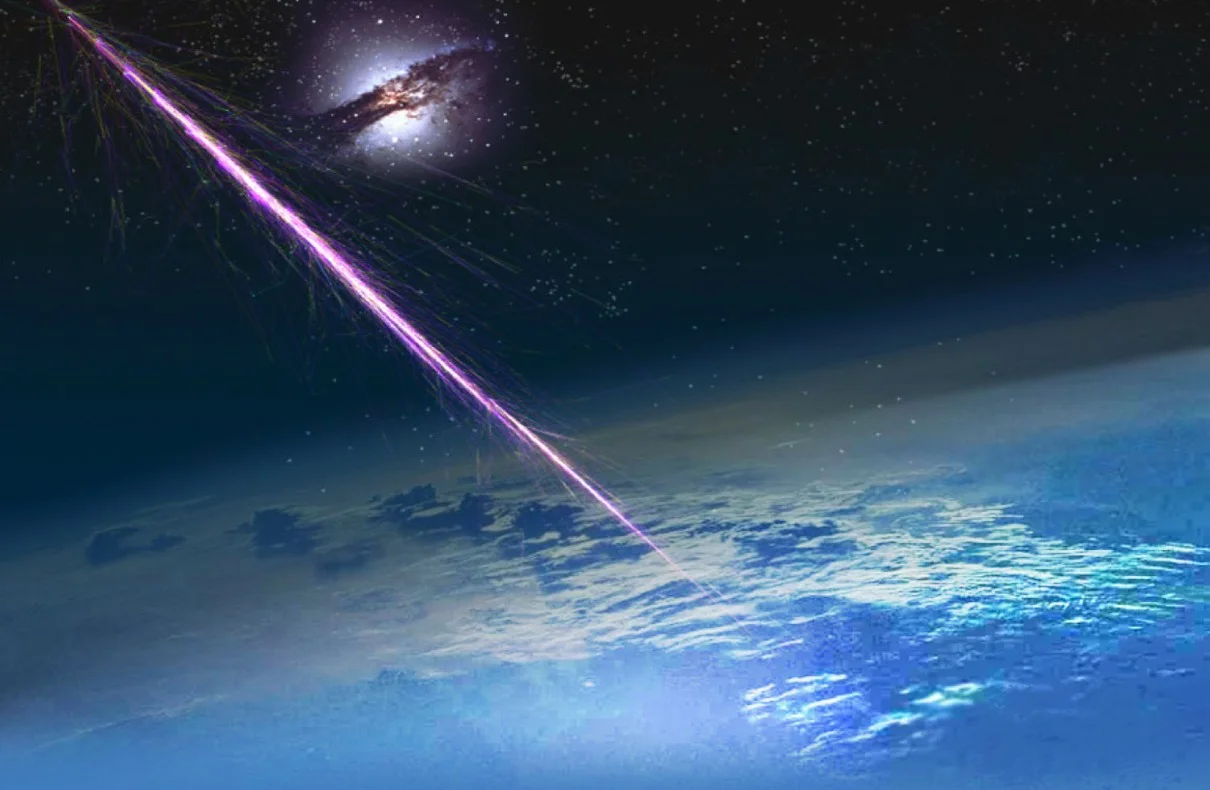Astronomers Uncover the Milky Way’s Most Massive Black Hole Yet
In an unexpected turn of events, astronomers from around the globe have stumbled upon the most massive black hole in the Milky Way galaxy. This discovery, made possible by the European Space Agency's Gaia space observatory, has caused ripples in the scientific community, leading to a reevaluation of existing theories on star formation and growth.
While analyzing data from the Gaia space observatory, scientists made an inadvertent discovery - the largest dormant black hole in our galaxy, named Gaia BH3. This celestial entity is 33 times the mass of our Sun and has upended our understanding of the universe.
Black holes are regions in space where gravity is so strong that even light cannot escape. Typically, black holes are detected by the X-ray radiation they emit when interacting with...


